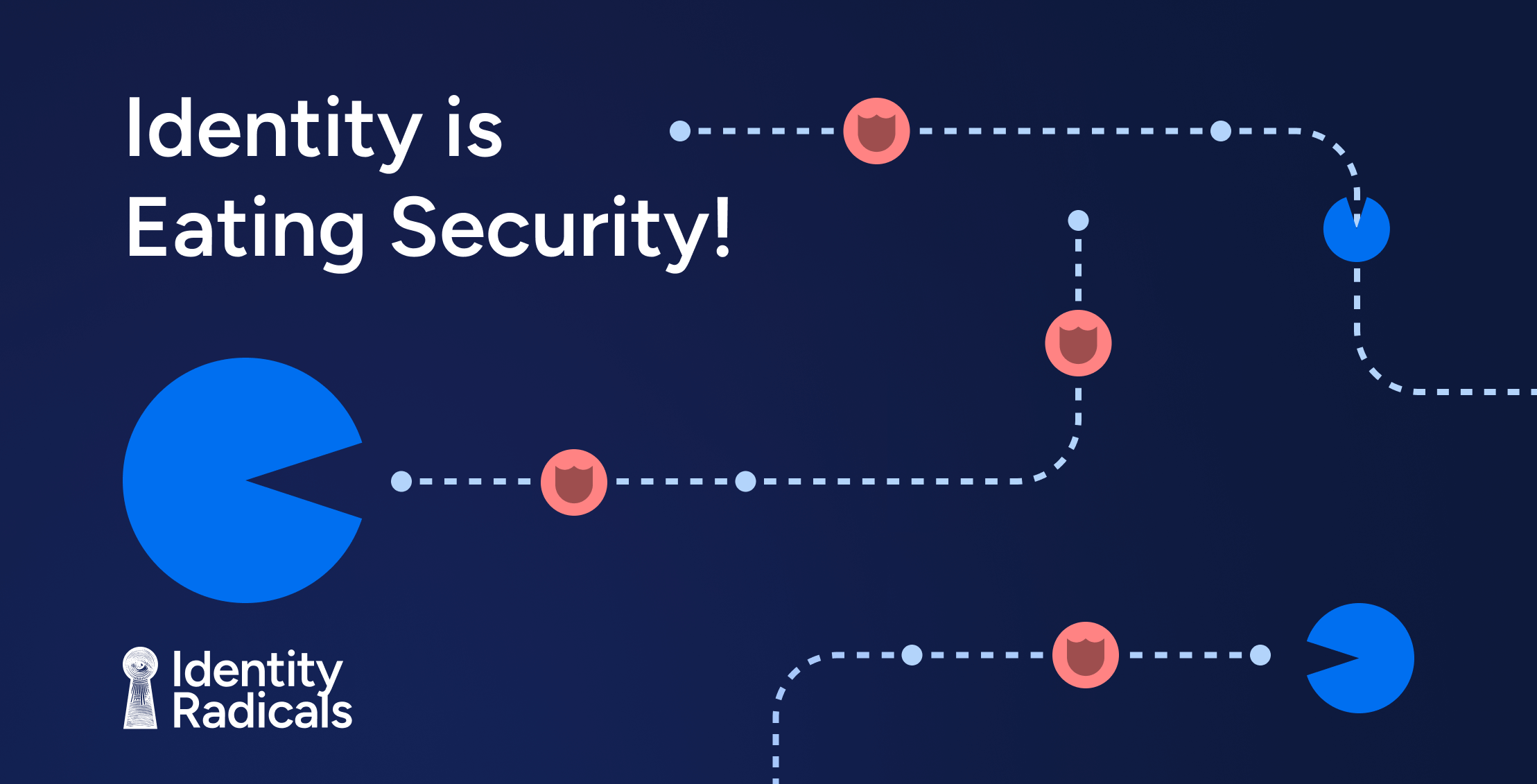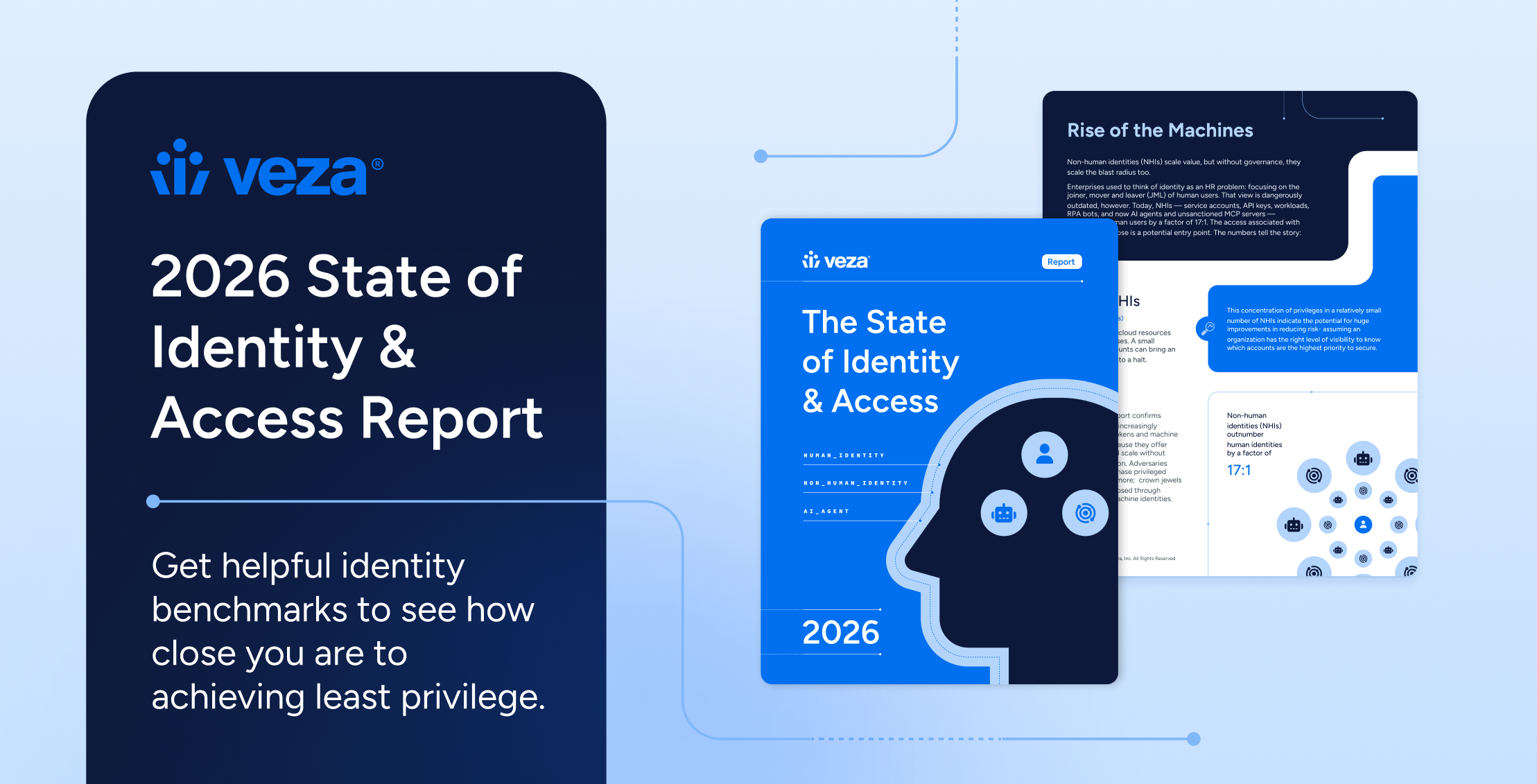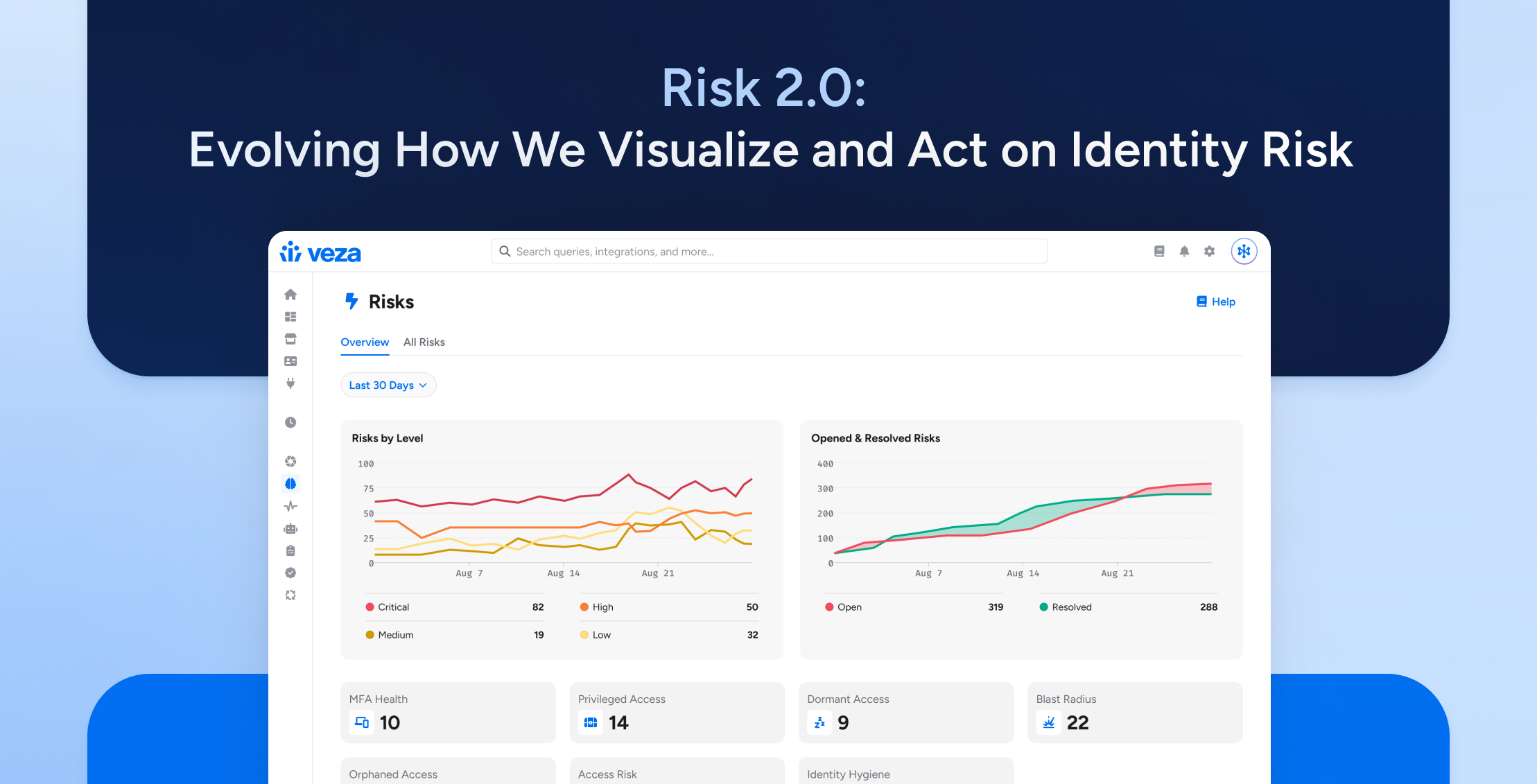
Identity is eating security—bite by bite, breach by breach.
As digital transformation accelerates, every identity—human or not—has become a potential entry point. Threat actors know it. And increasingly, they don’t need malware or zero-day exploits. All they need is access.
In the modern enterprise, identity has become both the battleground—a space where attackers consume misconfigurations, over-permissioned roles, and forgotten service accounts.
This isn’t theoretical. Leading threat intelligence reports make it plain:
- CrowdStrike: In its 2024 Global Threat Report, CrowdStrike reported that 79% of attacks were malware-free and emphasized that “identity is the new battleground.”
- Identity Defined Security Alliance (IDSA): According to the IDSA’s 2024 Trends in Identity Security report, 90% of organizations experienced an identity-related incident in the past year, and 84% of those incidents had direct business impacts.
- Expel: In its 2023 annual report, Expel found that 68% of all security incidents investigated were identity-based, with compromised credentials and misused access as top vectors.
- MITRE: Based on real-world adversary behaviours, MITRE ATT&CK data shows that over 50% of observed attack techniques target identity, including privilege escalation, credential access, and lateral movement tactics.
- Cisco Talos: In its 2024 Year in Review, Cisco Talos reported that identity-based attacks accounted for 60% of all incident response cases. These attacks frequently involved the misuse of valid credentials and targeted systems like Active Directory and cloud APIs. Additionally, ransomware actors leveraged valid accounts for initial access in nearly 70% of cases.
The modern enterprise runs on data. From customer analytics to AI training sets, from financial forecasting to operational metrics, data has become the lifeblood of business decision-making. This explosion in business-critical data, combined with SaaS proliferation, cloud sprawl, and generative AI adoption, has fundamentally shifted how we must think about security.
The control plane for protecting this data is no longer the network perimeter—it’s identity. Every data access point, whether it’s a marketing analyst pulling customer segments, an AI model accessing training data, or a finance application processing transactions, is governed by identity.
This new reality means:
- More data sources to secure (SaaS, data warehouses, lakes, marts)
- More ways to access data (APIs, automated workflows, AI/ML models)
- More sophisticated data usage patterns to monitor
- More regulatory requirements around data access governance
And yet, most organizations still can’t answer the most basic access questions:
- Who has access to what?
- What can they do with it?
- Should they have this access?
Identity is eating security, and security hasn’t caught up.
How Did We Get Here?
Fragmented Ownership, Blurred Accountability
Identity responsibilities are scattered across silos:
- IT grants access to keep the business moving.
- Security tries to contain the risk.
- Compliance steps in to prove control effectiveness.
But no one owns the full picture. Fragmentation creates blind spots — and blind spots lead to breaches.
Non-Human Identities: 20x and Growing
Today’s enterprise manages 20 times more non-human identities than human users. These include service accounts, bots, APIs, and cloud functions. They don’t log in from new locations. They don’t change passwords. They don’t retire. But they often have broad, privileged access and minimal oversight. Unmonitored and under-governed, these identities accumulate like leftovers—forgotten but risky, silently expanding the attack surface.
Legacy IAM Can’t Handle a Cloud-Native World
Legacy IAM tools were built for a world of corporate networks and Active Directory. But today’s environment is hybrid, multi-cloud, and highly dynamic, with thousands of SaaS apps, ephemeral cloud roles, and decentralized teams.
That mismatch creates brittle workflows, hidden misconfigurations, and governance gaps that attackers exploit.
Over-Provisioning Is the Default
To avoid disrupting the business, most organizations grant broad access “just in case.” But that over-permissioning directly contradicts zero trust principles—and multiplies the blast radius of any compromise. In the absence of automation or continuous governance, excess privileges don’t just sit idle—they accumulate quietly and dangerously. Accounts retain access long after they’re needed. Contractors offboard, but their credentials don’t. Roles are cloned, privileges copied, and no one double-checks. What starts as convenience turns into risk.
Tooling That Doesn’t Match Today’s Threat Landscape
Security teams are fighting identity-based threats with the wrong tools:
- Spreadsheets.
- Quarterly certifications.
- Manually tracked roles.
Today’s reality demands modern identity security controls:
- Real-time visibility into access across SaaS, IaaS, and PaaS
- Automated detection of privilege sprawl
- Unified governance across both human and non-human identities
- Deep integration with critical platforms (like Active Directory, Okta, AWS, and Salesforce)
- Risk-based, context-aware access policies
If identity is eating security, legacy tools are feeding the problem.
Configuration Drift Turns Into Security Debt
Identity systems rarely stay aligned. Over time:
- Privileges grow
- Credentials linger
- Roles get cloned
- Orphaned accounts multiply
Configuration drift becomes security debt, and without automation, that debt compounds quietly. One forgotten admin account in an unused SaaS app might be the open door for the next breach.
Identity Has Eaten Security—Now What?
Attackers know that identity is the new perimeter. They’re not bypassing firewalls—they’re walking through the front door with valid credentials and over-permissioned accounts.
Organizations can’t detect or prevent what they can’t see. That’s why security can’t succeed without fixing identity. It’s no longer just a component of cybersecurity.
Identity is security. And access is the most valuable ingredient.
Conclusion: Take Back the Kitchen
Identity has consumed security, transforming access into the new perimeter. Attackers no longer breach through firewalls; they exploit over-permissioned accounts and misconfigured identities. To counter this, organizations must regain control by:
- Establishing unified identity governance
- Gaining real-time visibility into access across all systems
- Automating remediation and access certifications
- Applying least privilege and context-based access controls
Explore how Veza’s Access Platform can help you achieve these goals:
- Understand the fundamentals of access governance and its role in securing your organization by reading our comprehensive guide: What is Access Governance?
- Discover how Veza’s platform enables intelligent access control across your enterprise systems by viewing our Platform Overview Data Sheet
Ready to see Veza in action? Schedule a demo today and take the first step towards robust identity security.
About the Authors
This article was co-authored by Mike Towers, Chief Security & Trust Officer at Veza; Rob Rachwald, VP of Marketing; and Matthew Romero, Technical Product Marketing Manager. Together, they bring executive insight, strategic clarity, and practitioner know-how to the evolving challenge of identity-centric threats.
Mike Towers provides the CISO lens. A former Chief Digital Trust Officer at Takeda and CSO Hall of Fame inductee, Mike leads security and trust strategy at Veza, helping customers build resilient access governance in the face of sophisticated adversaries.
Rob Rachwald brings two decades of cybersecurity marketing experience, having led go-to-market efforts at category-defining companies like FireEye and Palo Alto Networks. At Veza, he focuses on translating complex threat trends—like Volt Typhoon—into strategic imperatives for CISOs.
Matthew Romero bridges product and practitioner. As a former field enablement lead and hybrid cloud advocate, he now drives Veza’s technical product marketing. His work connects platform capabilities with real-world use cases to help teams operationalize identity security.





